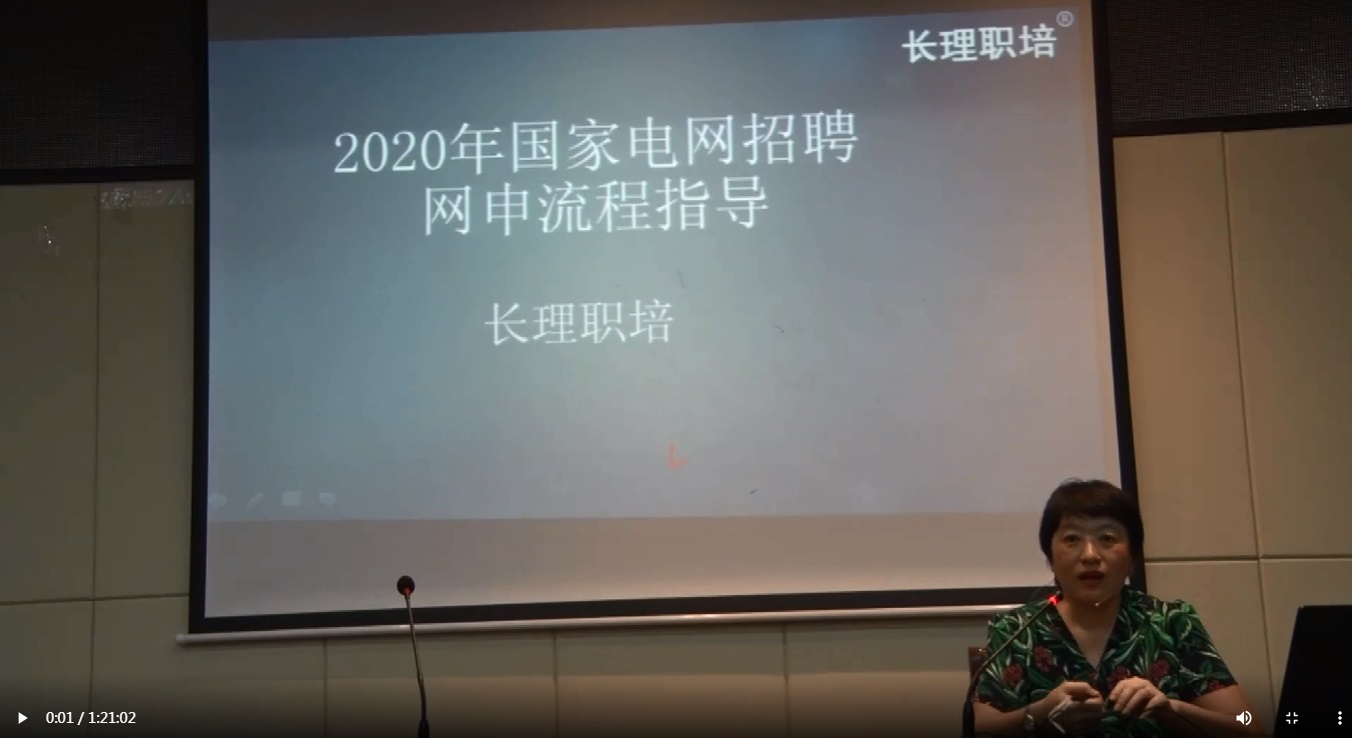TEM8阅读理解模拟题(1):暴力并非解决之道
在紧张的复习关头,小编在此为大家奉上专八阅读的模拟题,希望能助大家一臂之力!预祝取得好成绩!
In some countries where racial prejudice is acute, violence has so nete to be taken for granted as a means of solving differences, that it is not even questioned. There are countries where the white man imposes his rule by brute force; there are countries where the black man protests by setting fire to citiesand by looting and pillaging. Important people on both sides,who would in other respects appear to be reasonable men, get up and calmly argue in favor of violence – as if it were a legitimate solution, like any other. What isreally frightening, what really fills you with despair, is the realization that when it netes to the crunch, we have made no actual progress at all. We may wear collars and ties instead of war-paint, but our instincts remain basically unchanged. The whole of the recorded history of the humanrace, that tedious documentation of violence, has taught us absolutely nothing. We have still not learnt that violence never solves a problem but makes it more acute. The sheer horror, the bloodshed, the suffering mean nothing. No solution ever netes to light the morning after when wedismally contemplate the smoking ruins and wonder what hit us.
The truly reasonable men who know where the solutions lie are finding it harder and herder to get a hearing. They are despised, mistrusted and even persecuted by their own kind because they advocate such apparently outrageous things as law enforcement. If half the energy that goes into violent acts were put to good use, if our efforts were directed at cleaning up the slums and ghettos, at improving living-standards and providing education and employment for all,we would have gone a long way to arriving at a solution. Our strength is sapped by having to mopup the mess that violence leaves in its wake. In a well-directed effort, it would not be impossible to fulfill the ideals of a stable social programme. The benefits that can be derived from constructive solutions are everywhere apparent in the world around us. Genuine and lasting solutions are always possible, providing we work within the framework of the law.
Before we can even begin to contemplate peaceful co-existence between the races, we must appreciate each other's problems. And to do this, we must learn about them: it is a simple exercise in netmunication, in exchanging information. "Talk, talk, talk," the advocates of violencesay, "all you ever do is talk, and we are none the wiser." It's rather like the story of the famous barrister who painstakingly explained his case to the judge. After listening to a lengthy argument the judge netplained that after all this talk, he was none the wiser. "Possible, my lord," the barrister replied, "none the wiser, but surely far better informed." Knowledge is the necessary prerequisite to wisdom: the knowledge that violence creates the evils it pretends to solve.
1. What is the best title for this passage?
[A] Advocating Violence.
[B] Violence Can Do Nothing to Diminish Race Prejudice.
[C] Important People on Both Sides See Violence As a Legitimate Solution.
[D] The Instincts of Human Race Are Thirsty for Violence.
2. Recorded history has taught us
[A] violence never solves anything.
[B] nothing.
[C] the bloodshed means nothing.
[D] everything.
3. It can be inferred that truly reasonable men
[A] can't get a hearing.
[B] are looked down upon.
[C] are persecuted.
[D] Have difficulty in advocating law enforcement.
4. "He was none the wiser" means
[A] he was not at all wise in listening.
[B] He was not at all wiser than nothing before.
[C] He gains nothing after listening.
[D] He makes no sense of the argument.
5. According the author the best way to solve race prejudice is
[A] law enforcement.
[B] knowledge.
[C] nonviolence.
[D] Mopping up the violent
答案详解:
1.B 暴力难以消除种族偏见。文章一开始就提出有些国家种族偏见严重,而暴力却是公认的一种解决方法。白人采用暴力镇压,黑人以防火、掠抢为反抗。而双方的大人物平静地论及暴力,似乎这是一种合法的解决方案。作者就此指出人类的进步只在于表面――衣饰等,人类的本能没有改变。整个有记录历史的文件没有教会人类任何东西。这是真正令人可怕的事件。第二段论及真正有理智的懂得解决方案所在的人鼓吹法制,人们不停。他们反而收到轻视、迫害。作者就此提出假设,答出真正的解决方案嗜法制,以法治理。第三段进一步说明“交流、对话”是了解双方问题的前提,即使暴力者不同意,但知道暴力制造它假装要解决的罪恶,是智慧聪明的必要前提。
A.鼓吹暴力。C.双方重要人物都把暴力作为合法的解决方案。D. 人类的本性是嗜暴性。
2.B没有什么。第一段中就明确提出整个人类有记录历史又长又臭的暴力文件记录,一点都没有教给我们任何东西。
A.暴力解决不了任何事情。C.杀戮(流血)没有任何意义。D.一切。
3.D在鼓吹法制方面有困难。答案在第二段,真正有理智的人鼓吹法制,遭到同类们的轻视、不信任和迫害。他们发现要人倾听他们的意见越来越困难。
A.人们不听。B.遭人轻视。C.遭人迫害。这三项都包含在D项内。
4.C听后无所得。None the wiser一点也不比以前聪明(这是按字面翻译)。实际就是C项。
A.在倾听别人上他一点也不聪明。B.他和以前一个样。D.他听不懂论点。
5.A法制。第二段最后一句,如果我们在法律的构架中进行工作,真正的持久的解决总是能实现的。第二段第二句,他们遭到迫害是因为他们鼓吹法制这种显然令人不能容忍的事。
B.知识。C.非暴力。D.处理暴力带来的混乱
编辑推荐:

温馨提示:因考试政策、内容不断变化与调整,长理培训网站提供的以上信息仅供参考,如有异议,请考生以权威部门公布的内容为准! (责任编辑:长理培训)






















点击加载更多评论>>